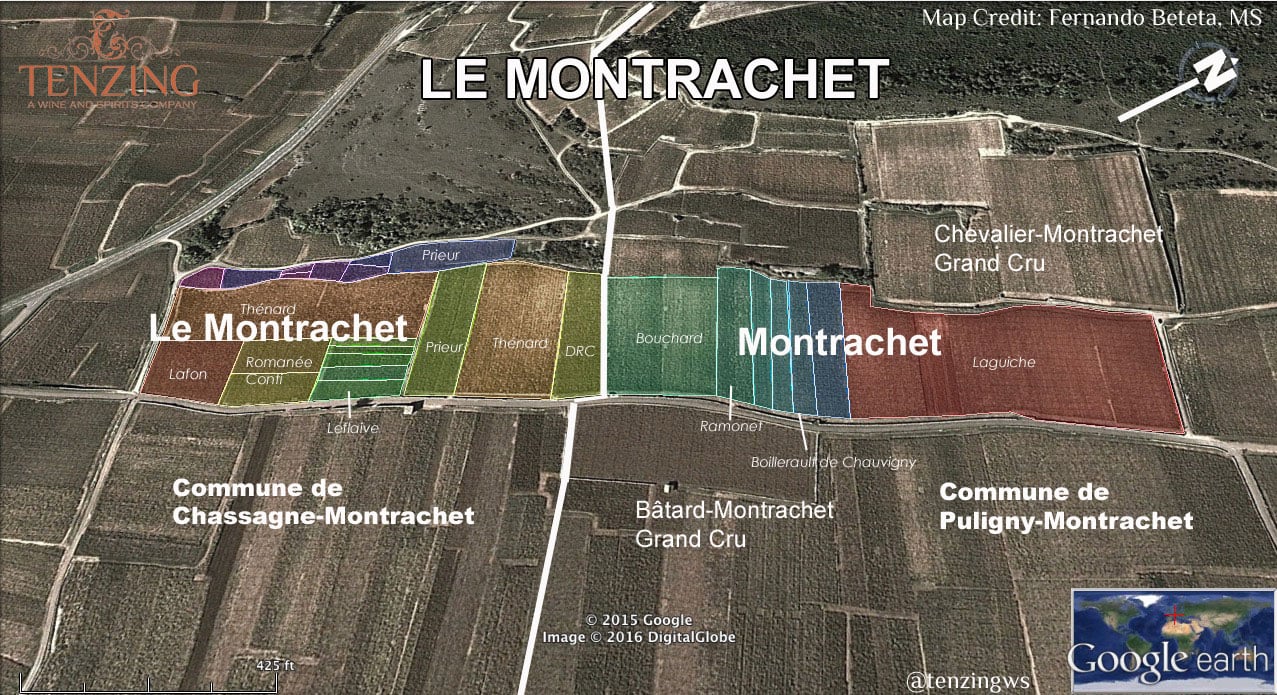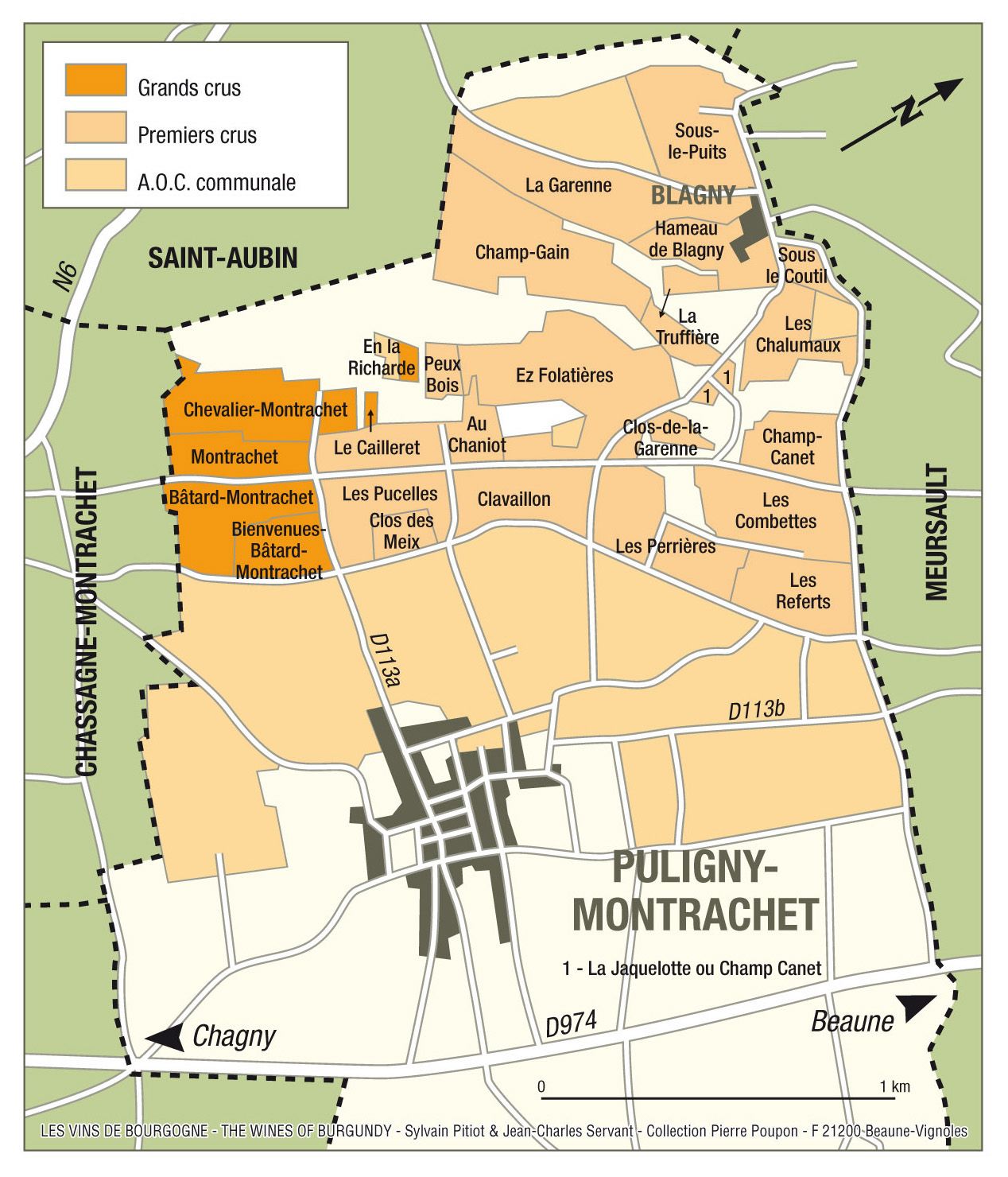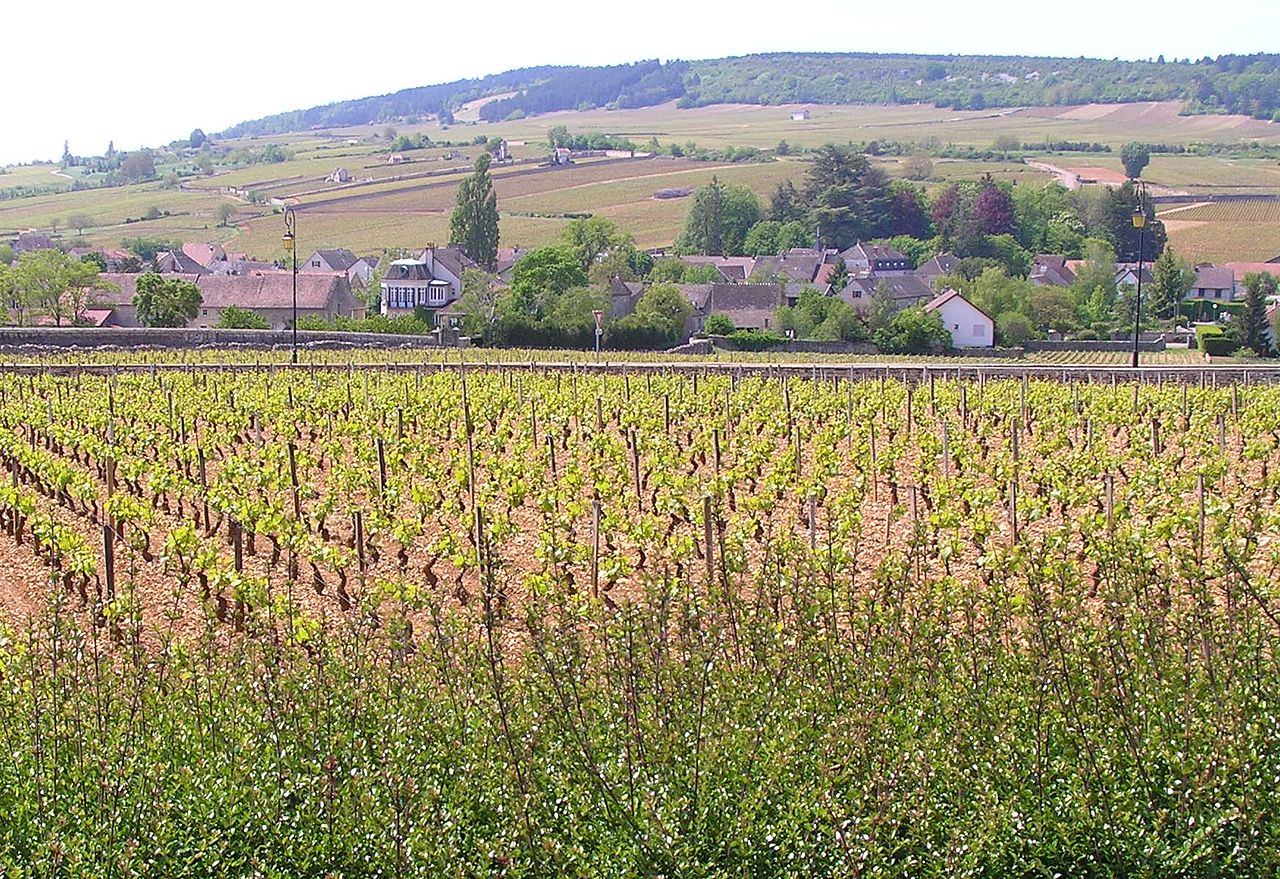
AsianOverland.net
Tour Guide - Itinerary
Asian Overland Sydney to London
Started 22/06/2022 Finished 21/06/2023365 Days ITINERARY
Day 265 date 13/03/2023MACON to PULIGNY-MONTRACHET, BURGUNDY, FRANCE
ASIANOVERLAND.NET LONDON TO SYDNEY DAY 265: MACON TO PULIGNY-MONTRACHET, BURGUNDY, FRANCE
The first recorded inhabitants of Burgundy were Gallic Celts, the most prominent of which were the Aedui, who were incorporated into the Roman Empire following the Gaulish defeat in the Battle of Alesia. Gallo-Roman culture flourished during the Roman period.
During the 4th century, the Burgundians, a Germanic people, settled in the western Alps. They founded the Kingdom of the Burgundians, which was conquered in the 6th century by another Germanic tribe, the Franks.
Under Frankish dominion, the Kingdom of Burgundy continued for several centuries.
Monks and monasteries of the Roman Catholic Church have had an important influence on the history of Burgundy wine. The first known donation of a vineyard to the church was by king Guntram in 587, but the influence of the church became important in Charlemagne's era (768 – 814).
The Benedictines, through their Abbey of Cluny founded in 910, became the first large Burgundy vineyard owner over the following centuries.
The Côte de Beaune is the southern part of the Côte d'Or, the limestone ridge that is home to the great wines of Burgundy. The Côte de Beaune starts between Nuits-Saint-Georges and Beaune, and extends south for about 25 km to the river Dheune. The trend of producing red wines continues from the Côte de Nuits to the north, down through Beaune, although the wines become lighter and more spicy. Farther south lie famous wines of white Burgundy, including Meursault, Chassagne-Montrachet and Puligny-Montrachet. The far south of the Côte de Beaune sees a return to red wines in Santenay that continues across the Dheune into the Côte Chalonnaise.
The "Scabby Hill" ("Mont Rachaz"), an undulation between Puligny and Chassagne, is one of the most famous vineyard sites in the world. Wines from the Chassagne side are called "Le Montrachet" and from the Puligny side "Montrachet" - 4 hectares of each. Above Montrachet is the 7.59ha of Chevalier Montrachet (all in Puligny), and at the bottom of the slope lies Bâtard Montrachet (6.02ha in Puligny). The names of these two great Grand Crus reflect the division of the estate of Seigneur de Montrachet between his two sons, one of whom had been a knight in the Crusades, the other illegitimate. Puligny also contains the Grand Cru of Bienvenues-Bâtard-Montrachet (3.69ha).
There are also 100ha of Premier Cru vineyards out of the total of 235ha in Puligny.
We were extremely fortunate on our 1992 Christine Last Wine Tour, to be booked into a 3 star Michelin restaurant and hotel, Le Montrachet, in Puligny Montrachet, a wonderful culinary experience.
© This work is copyright. Apart from any use permitted under the Copyright Act 1968, no part may be reproduced by any process, nor may any other exclusive right be exercised, without the permission of Peter Searle, peter@portseavillageresort.com; 1980-2024.
Website built by Justin O’Dea www.webdeveloperdocklands.com.au





